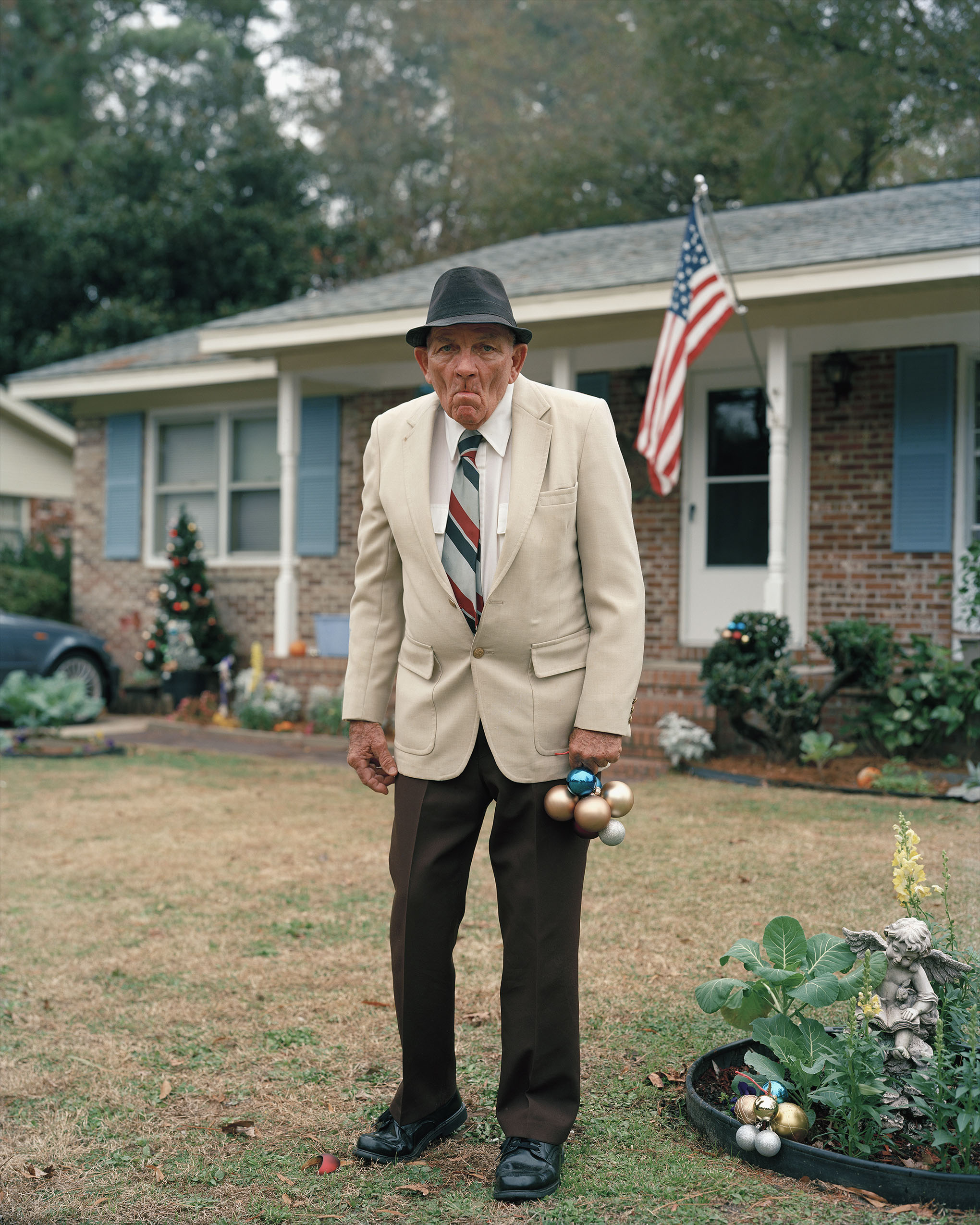Why We Like It: “Operation Rhododendron” by Samyak Shertok
4 Minutes Read Time
Editorial Assistant Lisa Low: In the opening lines of Samyak Shertok’s “Operation Rhododendron” in Issue 16.2, everyday objects transform into makeshift weapons for role-playing scenes of war. In the hands of a group of young people, who make up the collective “we” in the poem, both the beautiful and the practical—rhododendron branches, letter openers, rotten potatoes—are weaponized for play.

“Rhododendron obtusum ‘Stretta’ – Azalia japońska” by Babij is licensed under CC BY-SA 2.0
All of these commonplace items are like their counterpart in some way (in shape or explosive power) but still require imagination to transform. Only “the garlands of the spent cartridges as ammo” defy this expectation because of how similar “spent cartridges” and “ammo” already are to each other. The cartridges on the young bodies give us an uncanny mirrored image of the adults who once wore them. In the span of a few lines, the poem unsettles ideas we might have about childhood and child’s play.
While playing war is not uncommon for children to do, in the American imagination, it’s often set against a backdrop of a suburban backyard or other ordinary places like a forest or playground. In this poem, “the forest is booby-trapped” so the young people set their battle at school instead, where a sniper from each side “aims through the bullet holes in the walls.” In these moments, Shertok collapses the distance between imagination and reality, reminding us that imagination is not, for these young people, a discrete play place. Instead, imagination is tainted by outside forces, punctured through by a violent reality.
Like all games, this battle scene operates by rules and protocol. In two of these moments, the collective speakers’ faces are covered: “When you get killed, we coat a layer of cow dung on your face and place a rhododendron petal between your lips,” and later, “The victors’ faces are smeared unrecognizable with the vermilion our mothers used to color their parted hair with.” The effacement in both images—the erasing of the face, the sign of being a person—suggests death, even though the second image, at least at first glance, is a triumphant one. Here Shertok complicates the color red, which recalls not only the spilling of blood in war, but also the blood of the speakers who are alive to role-play war. The vermilion, no longer used by mothers, also points us to the loss of the young people’s fathers—an absence the poem heartbreakingly sidesteps.
“Operation Rhododendron” is a prose poem that breaks form just once, toward the end, when the children sing on their way home. This change in form sets off the song’s rhymed lyrics, which combine the repetition and simplicity of a child’s song with images of weapons. The lack of lineation through most of the poem adds a breathlessness that mirrors the urgency of the role-play and of war itself. The justified margins reflect gestures of containment: to contain war in imagination, to follow the rules of the game, to make the right moves to stay alive.
In the end, the group surrounds one of the children who cries after the battle. They say, “And you’re not really dead. I mean, look at those tears! So sharp. So warm.” In this final image, Shertok skillfully packs all of the meaning of sharp objects, accumulated over the course of the poem through battle imagery, into tears. In the aftermath of real and role-played violence, even tears become an expression of war.
Lisa Low was born and raised in Maryland. Her poems have appeared or are forthcoming in Entropy, Cream City Review, The Journal, Vinyl, The Collagist, and elsewhere. A graduate of Indiana University’s MFA program, she is a PhD candidate and Yates Fellow at the University of Cincinnati.
